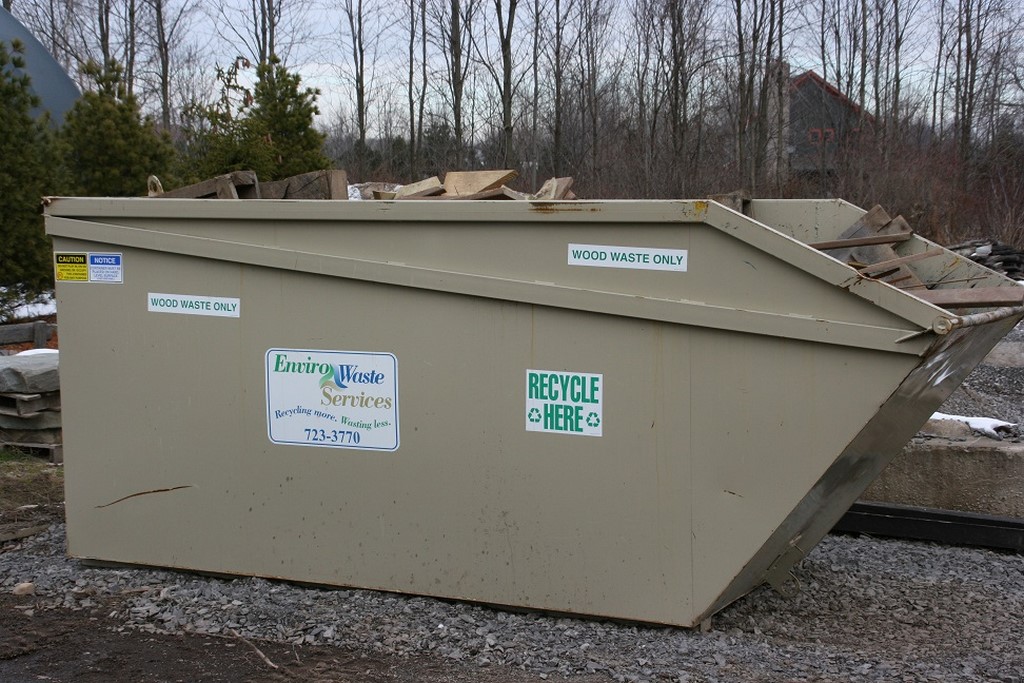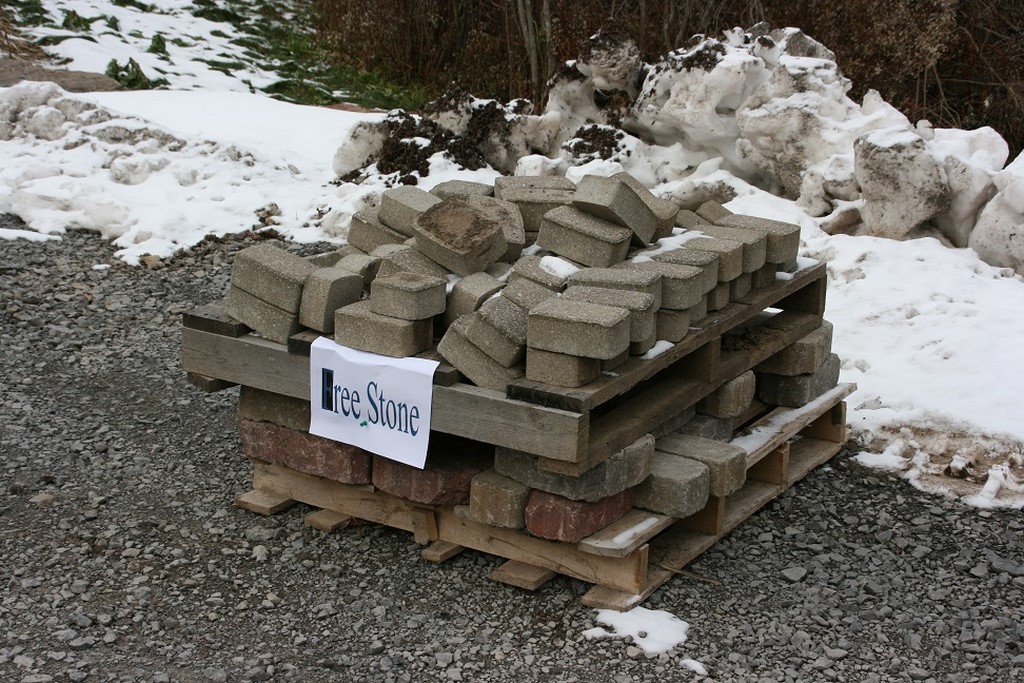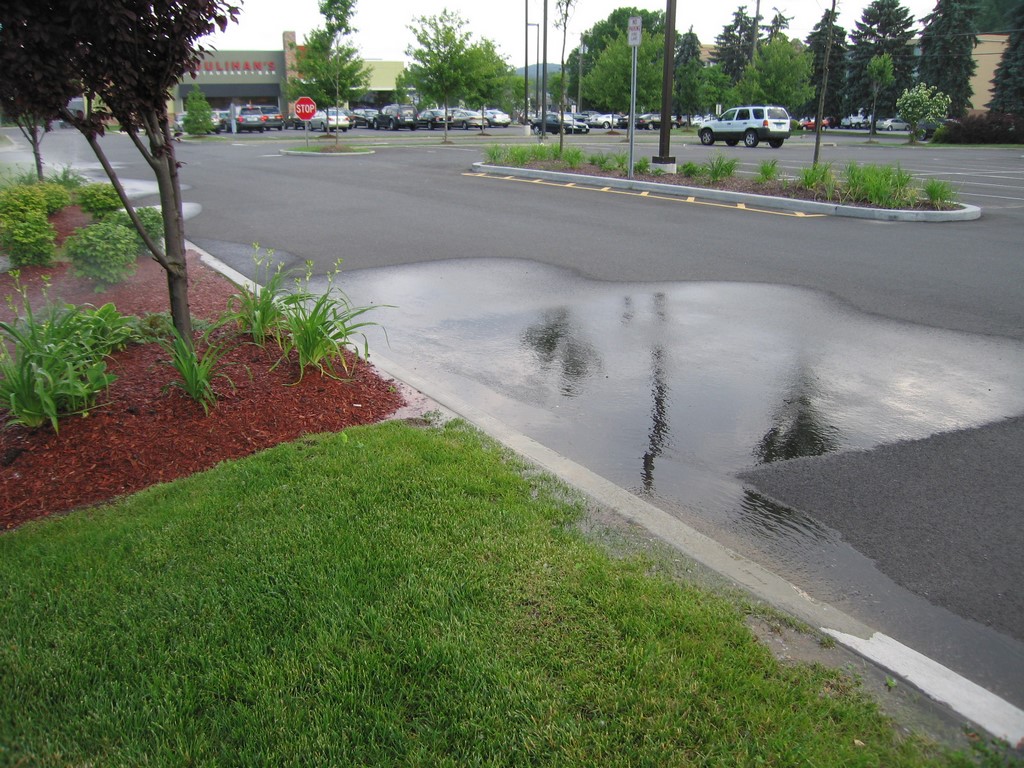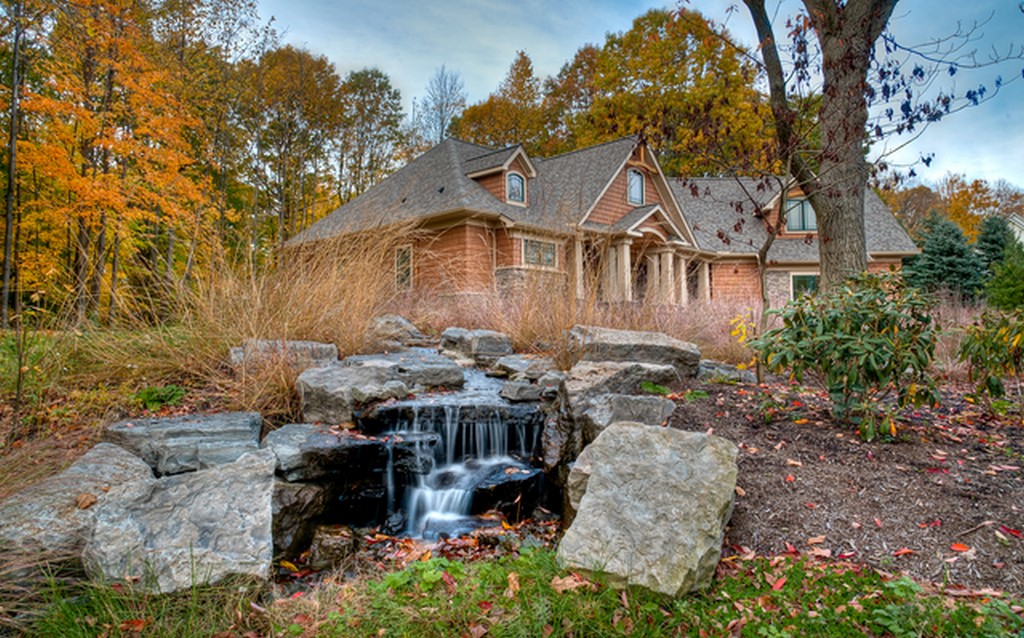Doing Our Best, Sustainably
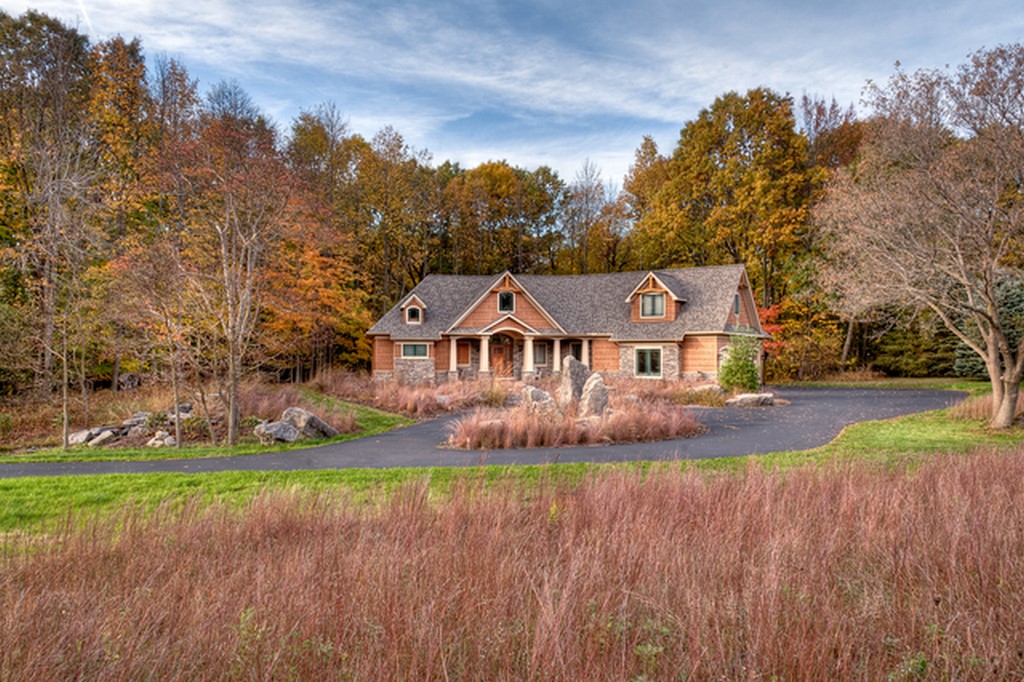
Every year, it seems, there’s a new trend we have to deal with as designers. Once it was beach entries, another time it was container gardens. For a while, it was all about outdoor kitchens; fire features enjoyed their time in the sun as well.
To be sure, each of those once-trendy pursuits has had staying power, and I still hear from clients about each of them. But they’re the sorts of project inclusions that come and go, with new favorites emerging every year – so many in some stretches that it can be hard to keep up.
My point is, a few of these ideas deservedly run their course, with others hanging on longer than they probably should before they fade in popularity. But still others have real staying power – and one of those, in my experience, is the concept of sustainability. No, it’s not a tangible product to be sold, but it’s a governing principle that has demonstrated genuine persistence through the past dozen or more years, and I only see it becoming stronger as we move forward.
APPROACHING CONSERVATION
Is sustainability a bandwagon we should all be riding? In practical terms, does the concept make a difference with our clients? In even more practical terms, is it something from which those of us in exterior-oriented businesses can benefit? Speaking for myself, I answer yes to all three questions and believe sustainability should be the core tenet of everything we do as designers and installers.
Sustainability in design and in our daily lives means simply that we do our very best to conserve resources and minimize waste. In our private lives, this means we turn off the water when we brush our teeth. In our businesses, it means we think about everything from backyards to waterparks in as “green” a way as possible.
How do we do that?
First, we need to consider all aspects of our designs and installations: waste products, water use, hauling distances and the like. Everything I do in my own design/build practice revolves not only around our clients’ desires and the site conditions, but also how we approach the site with respect to conserving resources.
It may sound overblown, but we need to consider ourselves as stewards of the earth – and if that’s not possible for people who develop exterior spaces, then who else should do it? We set ourselves up as professionals whose job it is to beautify the planet, one project at a time, and it’s my belief that this virtually requires us to take care of that planet, each to the best of our abilities.
DIGGING IN
Let’s look at a few simple steps we can take to live up to this role. If you’re an installer, start by looking at your disposal costs for the past year. How many dumpsters did you fill with debris that was hauled off to lift the local landfill? How much of that debris could have been salvaged or reused on site or on another project? What about all that scrap lumber and brick? What about all of the paper waste in your office?
No, I’m not suggesting that you design every project to use leftovers. But I am suggesting that you should think about what you are going to do with those leftover materials.
As for designers, I have the sense that many of us are too quick to wipe the slate clean so a project can start with a new vision of what the site should be. So we rip out walls and shrubs and pools, then regrade the land and haul in stone from distant shores and, in the process, fill countless dumpsters and landfills with thousands of tons of “waste” material while also paying exorbitant costs to bring in new materials.
| At one point, the byproducts of demolition were all carted off to landfill as a mixed mass, but it’s increasingly being suggested (and in some places required) that discarded material be separated by type and disposed of accordingly. As I see it, wood recycling bins such as the one seen here are a good idea, no matter where we work. |
So now, I come to projects thinking about how I can find new uses for some or all of the supposed “waste.” Not long ago, for example, we worked with a client who wanted us to remove an old patio and retaining wall. The debris would end up (by my estimation) filling a thirty-yard dumpster. Naturally, some of it (including a bunch of rotted-out pressure-treated timbers) couldn’t be reused and really had to go.
But how about the original patio, installed just 15 years earlier as two-by-two-foot concrete slabs with lines scored in them to make them look like pavers? There were 250 of these panels that, stacked up, would have occupied about six yards in our dumpster. They’re not great-looking and show some wear, but they are perfectly usable as a floor for a garbage-can area or as a base for firewood storage.
With that in mind, I told my client that we were going to place these slabs on pallets by the road with a “free” sign on them. (One thing that nearly all humans love is the word free.) I predicted that they would all be gone by the time we finished the project – and they were. That’s a great way to recycle unwanted material.
SMARTER DESIGN
Think about this for a minute: Not only did we save the cost of dumping these concrete pads in a landfill, but also the hauling costs, the fuel usage and the wear-and-tear on the vehicles doing the hauling. It’s a win-win-win situation for the client, the hauler (that is, the dumpster company) and the earth. And all it took was a simple thought: Can these be reused?
Now think about this: The single biggest ecological concern at the moment is water. Do we have enough? Is it drinkable? Where are we going to get more if shortages develop? If you live in the northern part of the country, this probably isn’t your largest concern. After all, the Great Lakes supply much of your water.
But what if you live in the southern-tier states from Georgia to California? If supplies tighten, where is your water going to come from? It’d be great if it were practically possible, but at this point moving water from Lake Superior to Arizona isn’t the answer. This leaves each designer and installer to do the best he or she can to keep water flowing freely.
| Nothing causes good, reuseable material to fly away from a job site better than a sign that reads ‘free.’ We recycle lots of stone, brick and even concrete materials in this way; it takes a bit of planning to make it happen, but I rest easier doing it this way than paying a service to cart it off to the dump. |
Let’s start by designing a little smarter. Let’s make certain we’re using plants that are appropriate to a given geography and local climate conditions instead of bringing in exotics that place unusual demands on resources – usually water most of all. In the southwest, in other words, think drought-tolerant rather than tropical, xeriscapes rather than lush, green lawns.
Clients can be a stubborn part of these calculations, but it’s best to draw a sharp line if the transplanted northeasterner wants a huge expanse of lawn in Tucson. Yes, the client’s paying the bills, but that doesn’t mean they should get what they want, no exceptions. So instead of giving in, start educating them about the ramifications of their desires.
In my files, I have an old story from a Dallas newspaper about the local water district’s largest users of water. The Number One water consumer wasn’t a large corporate campus with huge lawns surrounding its headquarters. No, it was a residential user who put an average of a million gallons of water per month on his expansive lawns, probably thinking, “Hey, I can afford it, so why not?”
But that’s simply unwise – and arrogant, of course. Millions of gallons a year to keep one person’s lawns green? Truth is, it’s because of people like this Texas water-hog that the rest of us, particularly designers and installers of outdoor environments, need to get on and stay on the sustainability bandwagon and keep communicating with our clients and prospects that it’s important to get with the program.
A GREATER ROLE
So how do we preserve water? Let me count just a few ways.
How about putting rain barrels under your clients’ downspouts? Rather than allowing that precious rainwater to vacate the premises forever, capture a bunch of it and use it to water the plants. This is a great idea, because if enough gallons of water don’t flow into the municipal water-control system, it’s much less likely that system will become overtaxed and dump gray or polluted water into pristine waterways.
That sounds odd, but it’s true: When it rains a lot, municipal water treatment systems overflow their capacities and literally “open the flood gates” to allow excess storm runoff run into our waterways, often carrying raw sewage with it. If we lessen that flow, we all benefit: You can sleep well at night, and your clients can use their captured water to make their plants happy when it gets dry.
And it can be done automatically: With a small pump in the container and moisture sensors in the garden, the water will flow automatically when things get dry.
| Lawns require irrigation and irrigation systems require maintenance to keep them from becoming large and very public water wasters. Frankly, my preference is to step around this issue by avoiding lawns whenever possible. |
It’s not as though this is new technology: In the Caribbean islands, in fact, most homes have cisterns under them that capture any water runoff from the roof – which makes sense, since these islands are surrounded by undrinkable water. And the concept works everywhere, north, south, east or west: A cistern placed underground can catch all roof runoff and enable it to be used for irrigation. Or even for flushing toilets.
While we’re on top of the house, let’s mention green roofs. This is an approach that’s been used for hundreds of years; in fact, in places such as Germany and Switzerland, some cities require all buildings of a certain size to have green roofs. It’s about time for this concept to catch on in the United States to a much greater extent than it has so far.
These planted roofs serve many purposes, catching rainwater, mitigating the heat-island effect, insulating the building, protecting the roof itself and, most important, providing a better way of life for those who have access to them. I could go on (and on), but suffice it here to say that every one of us needs to learn and embrace this green-roof concept. It’s that significant.
THINK LOCALLY, ACT GLOBALLY
You should also think about the materials you use on your projects. Is it truly of the utmost importance that you use a stone imported from overseas? Are there no local materials that will fit the design?
This local-sourcing concept is so important that it’s one of the requirements for LEED certification of buildings: A certain percentage of the materials used in construction must come from less than 500 miles away, thereby lessening hauling, minimizing fuel use, limiting vehicle wear-and-tear and reducing road damage.
| In our projects, we focus as best we can on using local materials and indigenous or at least locally suitable plants to make our projects as sustainable as possible. What better way to make your work look as though it’s been there forever? |
I confess it: I have been guilty at times of bringing in materials from other areas because I find local materials insufficient to the design’s needs. For the most part, however, I use stone from two suppliers located within 400 miles – and I’m always looking for new suppliers closer to home: This not only fills the sustainability bill, but it also lessens the costs to our clients, which is never a bad notion.
We designers and installers of outdoor environments are indeed stewards of the land: We shape the earth to benefit our clients, devising spaces of tranquility and excitement and beauty and practical use. Now it’s time for us all to think about shaping the land to the benefit of the earth as well. It’s the only planet we have at the moment, and we’re all in a position to preserve it as best we can
I could have gone on with more ideas and examples of ways in which, as a guiding design/installation philosophy, sustainability simply makes sense within the dynamics and cost structures of modern construction. But I know it’s a subject that benefits from more inputs and ideas from as many sources as possible, which is why I’m asking you who read this article to use the comment space below to add to the discussion and share your own ideas.
Bruce Zaretsky is president of Zaretsky and Associates, a landscape design/construction/consultation company in Rochester, N.Y. Nationally recognized for creative and inspiring residential landscapes, he also works with healthcare facilities, nursing homes and local municipalities in conceiving and installing healing and meditation gardens. You can reach him at [email protected].











